Love To Grow On is Inspired by the Reggio Emilia Philosophy
• • •
Curriculum
Love To Grow On is accredited by the National Association for the Education of Young Children (NAEYC). We utilize Creative Curriculum, which is based on research by renowned psychologists and theorists, as well as current studies. Creative Curriculum consists of five components which create a foundation. They are How Children Develop and Learn, What Children Learn, The Learning Environment, Caring and Teaching, and Partnering with Families.
Our centers are deeply inspired by the schools of Reggio Emilia, Italy. At the heart of the Reggio Emilia approach is the powerful image of the child. We believe children are strong and capable learners full of potential.
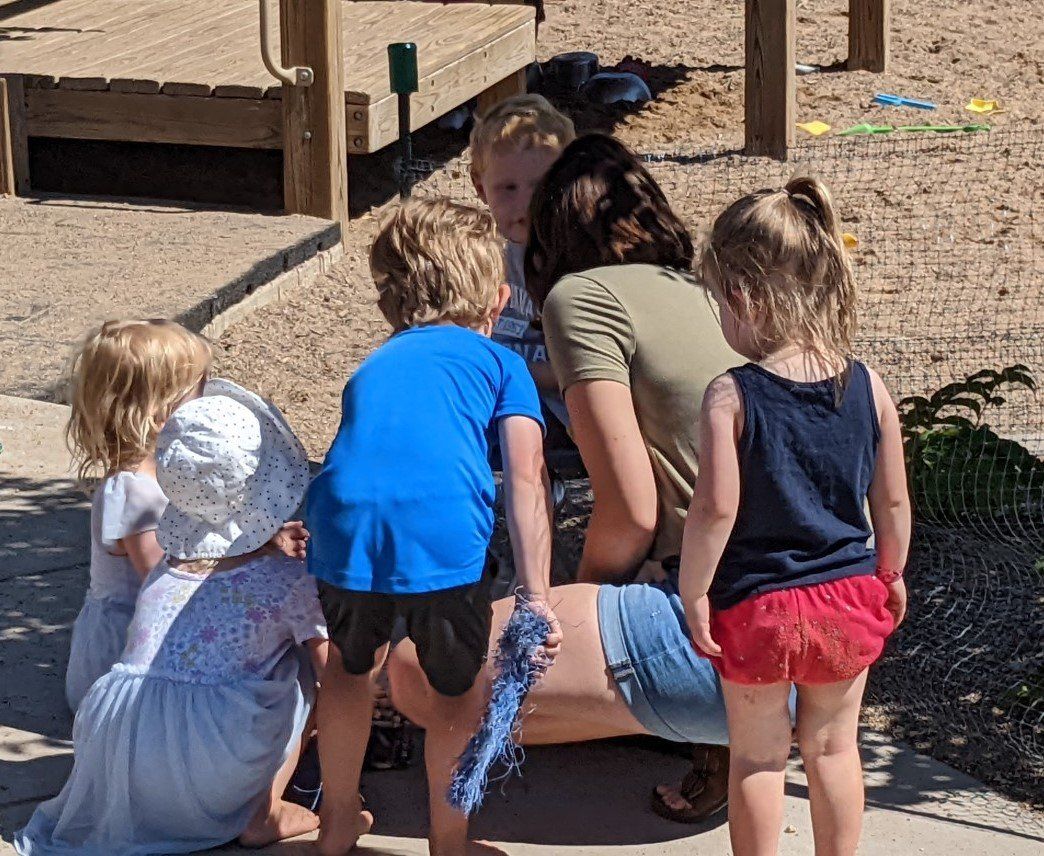
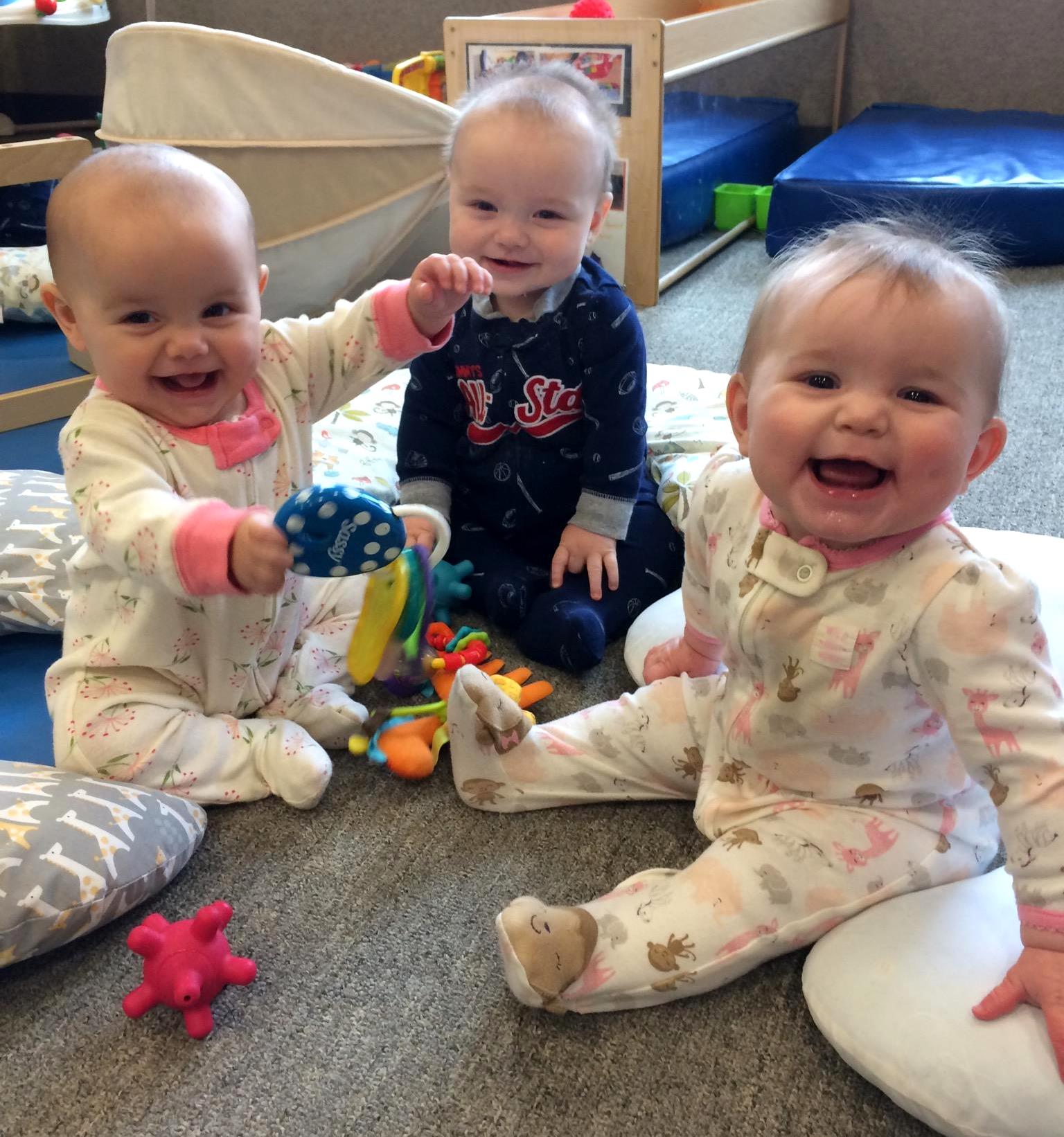
History of Reggio Emilia
After World War II, the Italian government gave a small amount of money to each town to help restore the sense of community lost during the war. The towns could use the money as they chose, and most of them created community centers where they could gather.
However, in Villa Cella, slightly outside the center of Reggio Emilia, the town chose to build a school for young children. They saw this as an investment in the future. During the week, women would gather bricks from bombed out buildings, and on the weekends, the men would build.
Loris Malaguzzi had graduated with degrees in pedagogy and psychology and was working as a child psychologist and educator. When he heard about the project, he thought the rumor was “impossible.” Malaguzzi got on his bicycle and went to see for himself. He stayed because the town had “changed the definition of the word “impossible.” The citizens were literally building a school brick by brick.
Malaguzzi became the driving force and is known as the founder of the Reggio Emilia philosophy. The world learned about the approach in 1991 when Newsweek identified the Reggio schools as the best early childhood programs in the world.
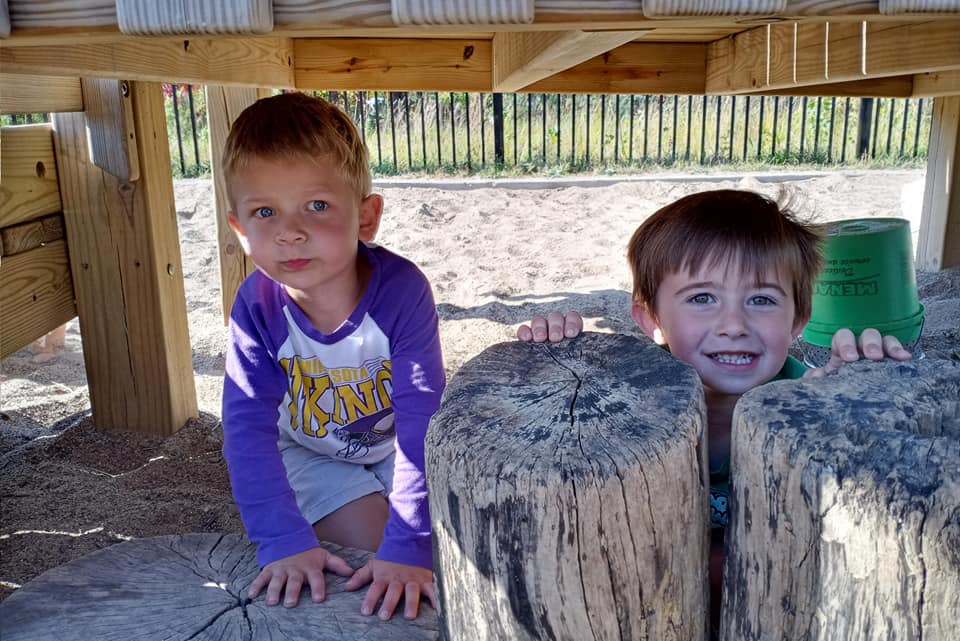
Reggio Emilia Fundamental Principles
Children are capable of constructing their own learning. They are driven by their interests to understand and know more.
Children form an understanding of themselves and their place in the world through their interactions with others. There is a strong focus on social collaboration and working in groups, where each child is an equal participant, having their thoughts and questions valued. The adult is not the giver of knowledge. Children search out the knowledge through their own investigations.
Children are communicators. Communication is a process: a way of discovering things, asking questions, and using language as play. Children enjoy playing with sounds, rhythm, and rhyme and delighting in the process of communicating.
Children are encouraged to investigate and explore and to reflect on their experiences. They are listened to with respect, believing that their questions and observations are an opportunity to learn and search together. It is a process, a continual collaborative process. Rather than the child asking a question and the adult offering the answers, the search is undertaken together.
The environment is the third teacher. The environment is recognized for its potential to inspire children. The space encourages collaboration, communication, and exploration. The space respects children as capable by providing them with authentic materials and tools. Our learning environments intentionally include our outdoor space which is cared for by the children and the adults.
The teacher is a mentor and guide.
Our role as teachers/adults is to observe (our) children, listen to their questions and their stories, find what interests them, and then provide them with opportunities to explore these interests further. The Reggio Emilia approach takes a child-led project approach which emerges based on the child’s interests.
There is an emphasis on documenting children’s thoughts.
You’ll notice that there is an emphasis on carefully displaying and documenting children’s thoughts and progression of thinking, making their thoughts visible in many different ways: photographs, transcripts of children’s thoughts and explanations, visual representations, all designed to show the child’s learning process.

The Hundred Languages of Children
This is probably the most well-known aspect of the Reggio Emilia Approach. “One Hundred Languages of Children” is a poem written by Loris Malaguzzi. The poem is filled will joy, exuberance, sadness, and truth. In the first half of the poem, he explains that, to the child, there are a hundred ways of doing many things like thinking, speaking, loving, and understanding. Children also have a hundred ways to create and explore their own worlds. Malaguzzi stressed the importance of not only allowing children to learn in their own way, but also the freedom to express themselves in a “language” of their choosing.
The second half of the poem details the destruction of the child’s languages by adults. Malaguzzi describes “school and culture” as “stealing ninety-nine” of the languages by teaching children to “think without hands,” to “listen and not speak” and to “discover a world that is already there.”
The Hundred Languages
No way. The hundred is there.
The child
is made of one hundred.
The child has
a hundred languages
a hundred hands
a hundred thoughts
a hundred ways of thinking
of playing, of speaking.
A hundred always a hundred
ways of listening
of marveling, of loving
a hundred joys
for singing and understanding
a hundred worlds
to discover
a hundred worlds
to invent
a hundred
worlds to dream.
The child has a hundred languages
(and a hundred hundred hundred more)
but they steal ninety-nine.
The school and the culture
separate the head from the body.
They tell the child:
to think without hands
to do without head
to listen and not to speak
to understand without joy
to love and to marvel only
at Easter and at Christmas.
They tell the child:
to discover the world already there
and of the hundred
they steal ninety-nine.
They tell the child:
that work and play
reality and fantasy
science and imagination
sky and earth
reason and dream
are things that do not belong together.
And thus, they tell the child
that the hundred is not there.
The child says:
No way. The hundred is there.
– Loris Malaguzzi
Reggio Inspiration at Work at Love To Grow On
The Reggio Emilia approach is an innovative and inspiring approach to early childhood education which values the child as strong, capable, and resilient, rich with wonder and knowledge. Research has proven that this approach prepares children in the best possible way for kindergarten, creating a passion for lifelong learning. We know that every child brings with them deep curiosity, and potential and this innate curiosity drives their interest to understand their world and their place within it.
We want children to retain their wonder of the world, as well as the belief that they really can do anything. At Love To Grow On, we see the positive effects of free exploration and expression every day, and every day it becomes easier to see the importance of honoring the languages of children.
We see languages spoken every day that we don’t even hear. There are languages of smiles and secrets, wonder and excitement, sadness, and joy. The truth is we know that even our youngest children “speak” with a variety of languages.
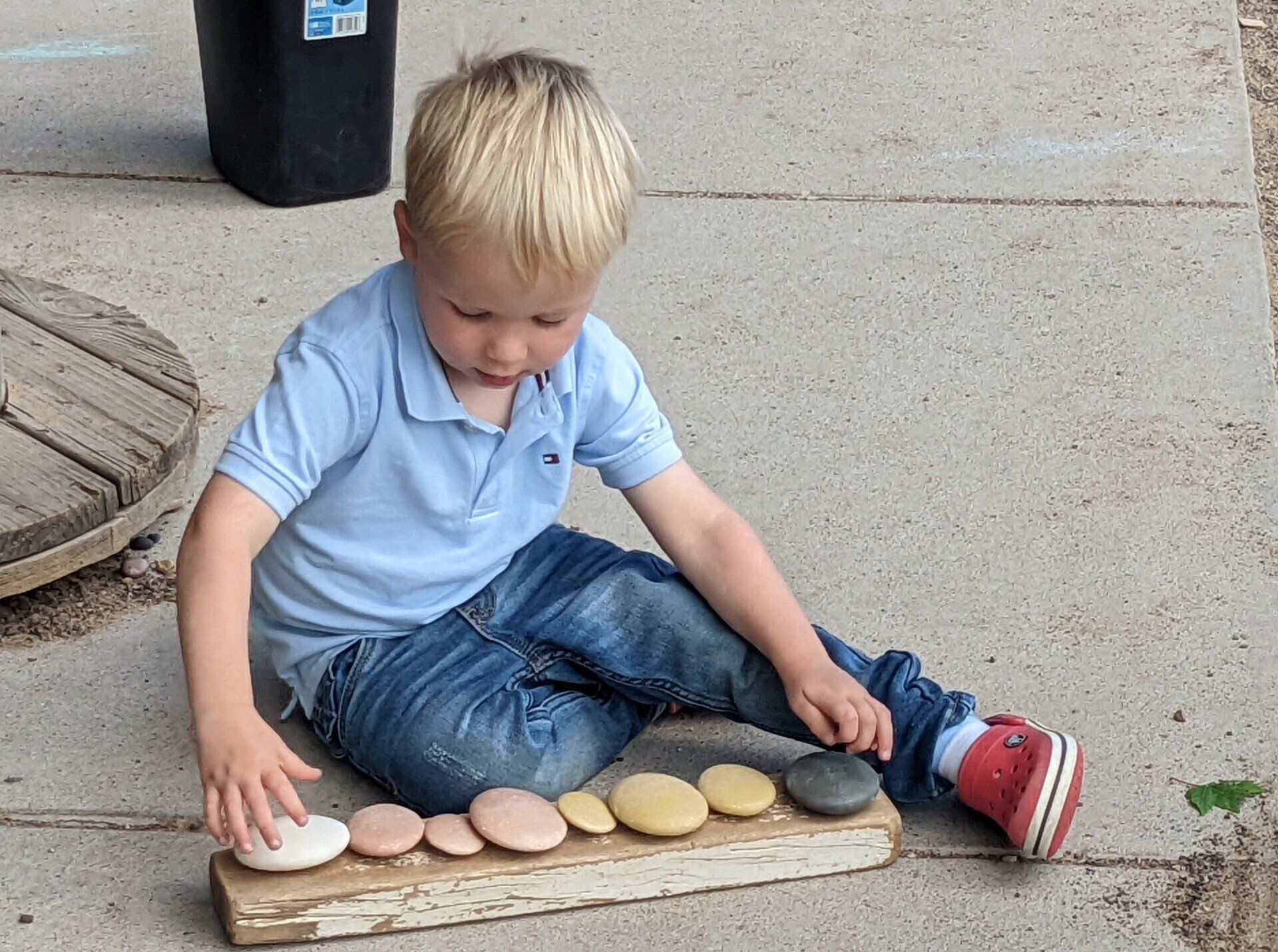
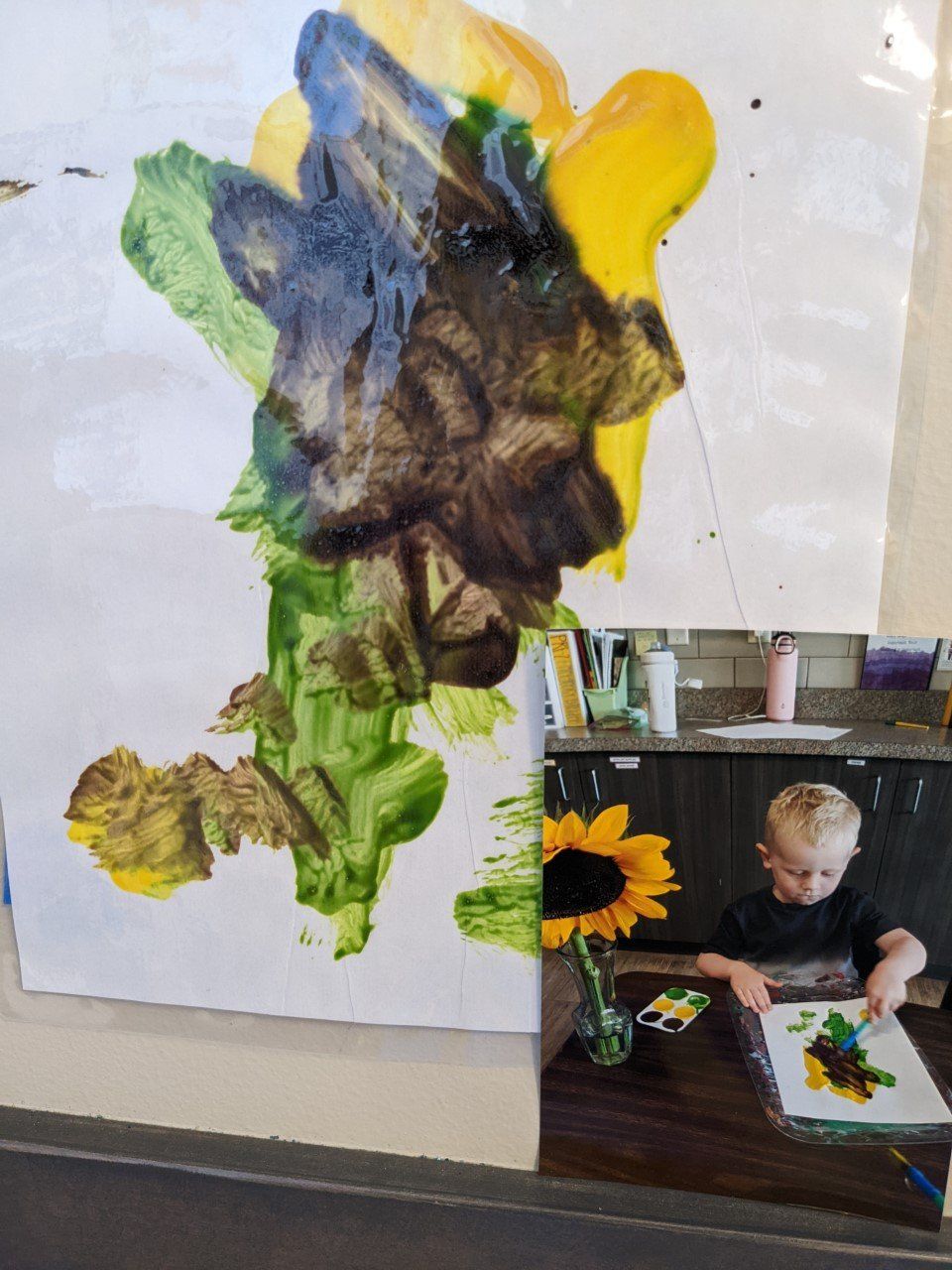
Pablo Picasso once said, “Every child is an artist. The problem is how to remain an artist once he grows up.” At Love To Grow On, we value and nurture each child’s way of thinking, discovering, and learning. These languages, or ways of learning, are all a part of the child. We offer materials and opportunities for children to show their understanding and express their thoughts and creativity. Painting, drawing, sculpture, dance, puppet play, block building, water play, make believe, drama, dressing up, collage work, conversation, and music are some of the activities we provide that engage children in a rich environment.
At Love To Grow On, we value “play,” and we know that learning and play are not separated. We emphasize hands-on discovery learning that allows each child to use all of the senses and all of his or her languages to learn. During “play,” children form an understanding of themselves and others through their interactions.
Our teachers observe the children, listen to their questions and their stories, find what interests them, and then provide them with opportunities to explore these interests further. Our learning journeys often take a child-led project approach. The projects emerge based on the child’s interests.
In a world where children have less and less opportunities to explore nature and have undefined, creative play, we are intentional about providing daily opportunities for children of all ages to be outside and to explore natural materials. We embrace opportunities for messy outdoor exploration, and we see children thrive in this environment.
Our teachers display and document the children’s thoughts and progression of thinking, making their thoughts visible in many different ways. Photographs, transcripts of children’s thoughts and explanations, and visual representations (drawings, sculptures, etc.) are all designed to show the child’s learning process and are displayed for parents and children to revisit.
Parents are always welcome at the center. We value the insight and information parents have about their child. Our staff is here to support parents in their most important role. Our center directors are here to answer any questions you may have regarding our curriculum.
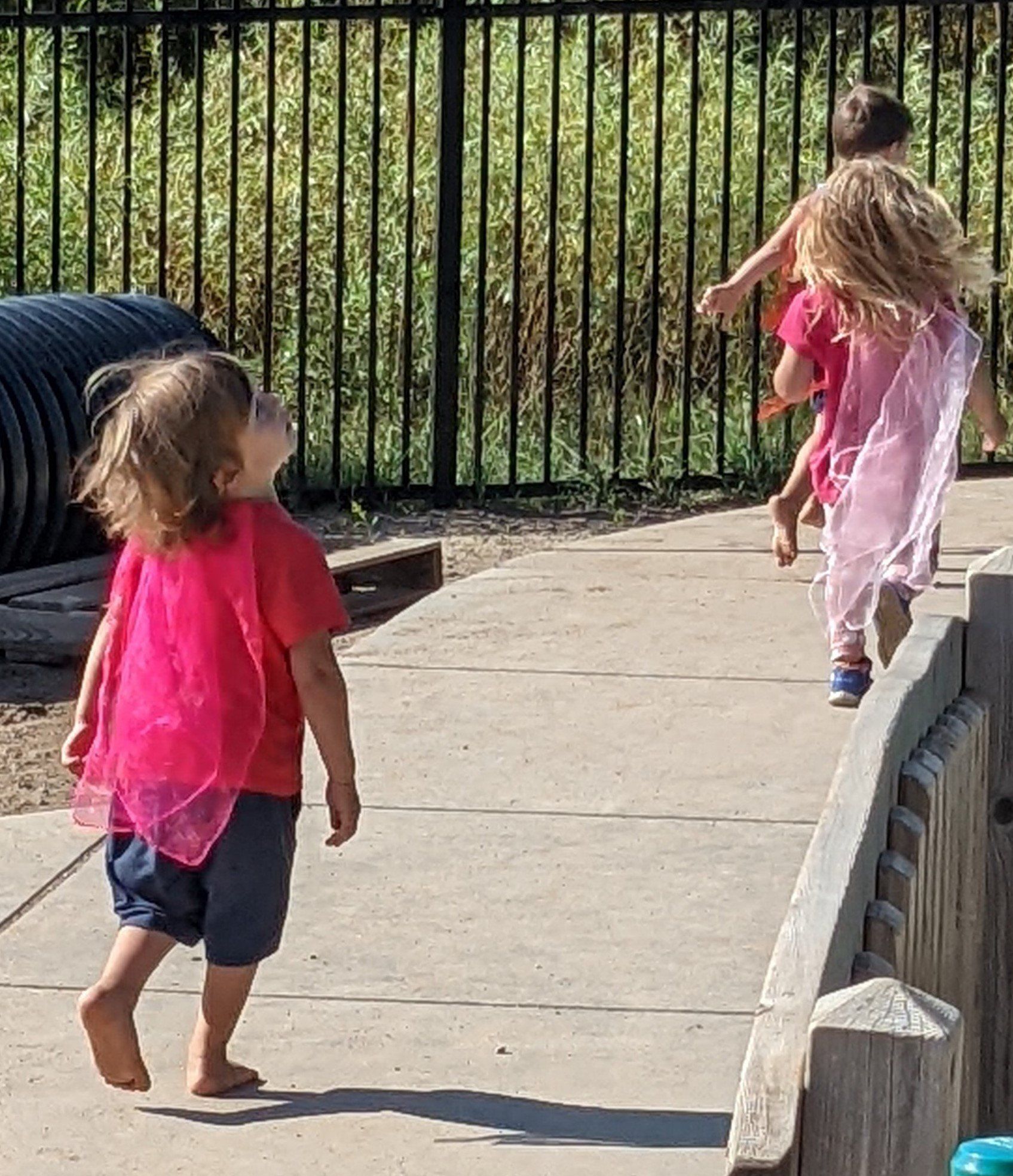
Reach us Today
Love To Grow On in Lino Lakes, MN, can be reached at 763-792-4428.
